
by Guest Blogger |
The most crushing piece of criticism authors can hear is that their main character is “flat” or “two-dimensional.” This is especially true for writers who have poured a lot of their personal experience into their protagonist’s journey. Conventional writing wisdom tells us that main characters need to be “dynamic” characters who evolve over the course of the story.
But what exactly does “dynamic” mean? If your protagonist doesn’t actually change all that much, does that make them flat and static? Are they, by default, a poorly written character?
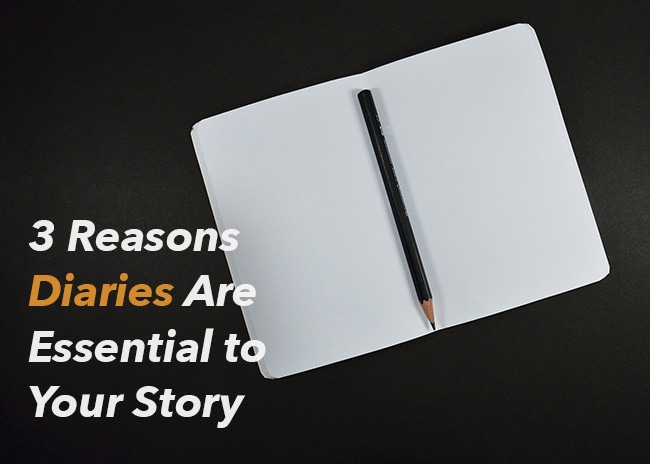
by Liz Bureman |
When I was in high school, a drama teacher that I had my sophomore year made everyone in my class keep a journal. He kept them in his office, but never read them, and we would write every morning we had class. Some of us took the exercise more seriously than others (there was a minimum three line requirement), but after that year, he gave us the notebooks to keep. I had enjoyed journaling so much that I continued.
It was a great way for me to get my thoughts recorded, although it wasn’t the prettiest writing I’ve ever done. If you’re looking for an alternative way to tell a story, there are a couple reasons to try a diary or epistolary format.
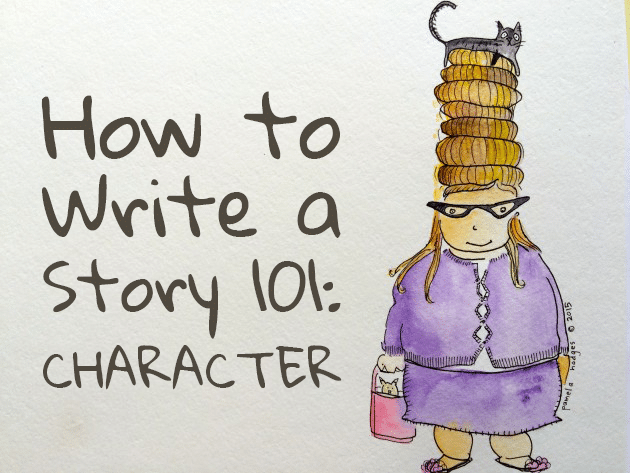
by Pamela Fernuik |
You are going to write a story. Yes, today is the day you are going to write a fiction story about someone. Your character and their development through the story is the heart of fiction.
Make your characters real, and your readers will care what happens to them because they can identify and sympathize with the character in a situation.
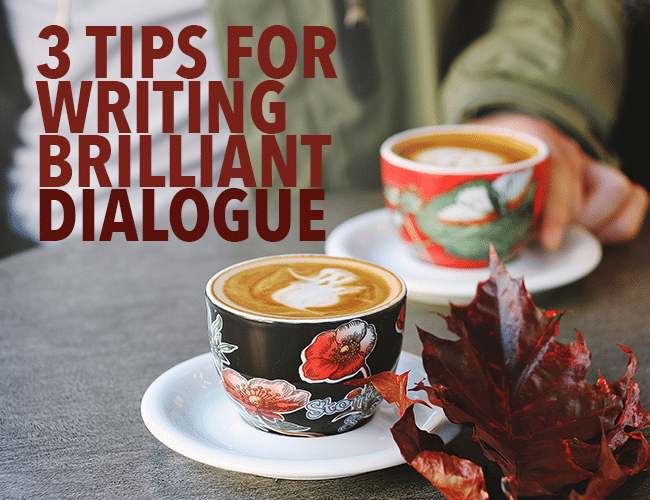
by Pamela Fernuik |
We talk to tell someone we want them to pass the salt. We talk to ask questions, share feelings, and ask for directions when we are lost. We talk to ourselves in our thoughts, and we speak out loud.
In our stories, our characters talk, too. It is not quite as easy to write dialogue for our characters as it is to have conversations in real life. But if you take time to learn how dialogue works and practice writing it, you will be able to write brilliant conversations that sound natural and move your story forward.
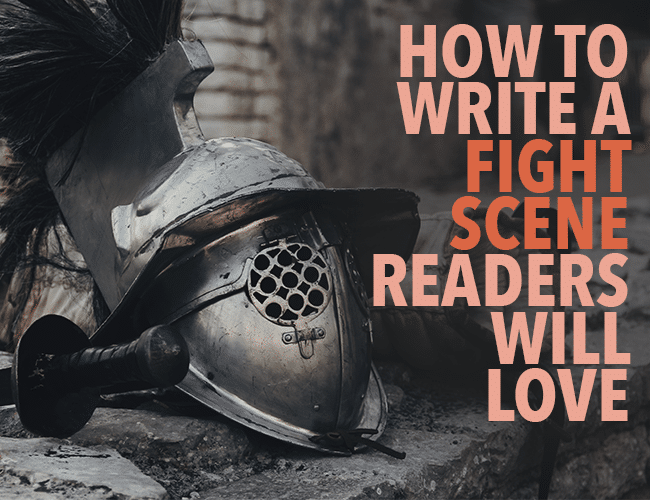
by Guest Blogger |
If your story involves one or more fight scenes, you have a great opportunity. You can thrill your audience, change the course of the plot, and reveal new depths to your characters . . . or you can bore your viewers to tears, and make them wish that the battle would please just end already.
I’m going to give you six tips for writing better fight scenes, so you can keep your audience on the edge of their seats while giving a whole new level of depth to your story and cast.
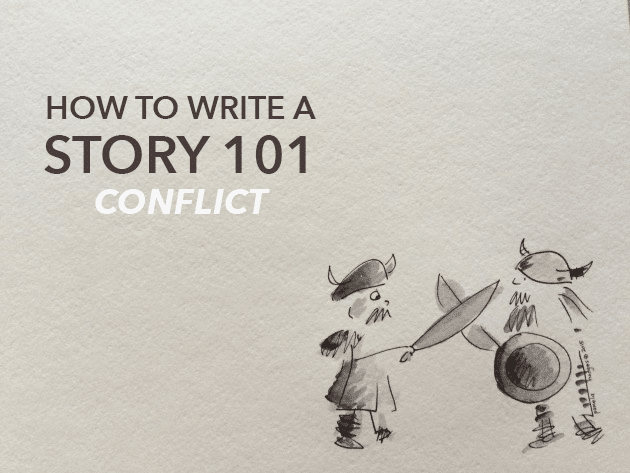
by Pamela Fernuik |
You desperately want to write a story. You carry a pad of paper with you in case you get an idea. You can’t decide if your main character should have short hair or long hair. But for now, put aside what your character looks like and think about what they want.
In this post, we’re going to look at how to write a story by focusing on one of the most important elements of any story: conflict.








